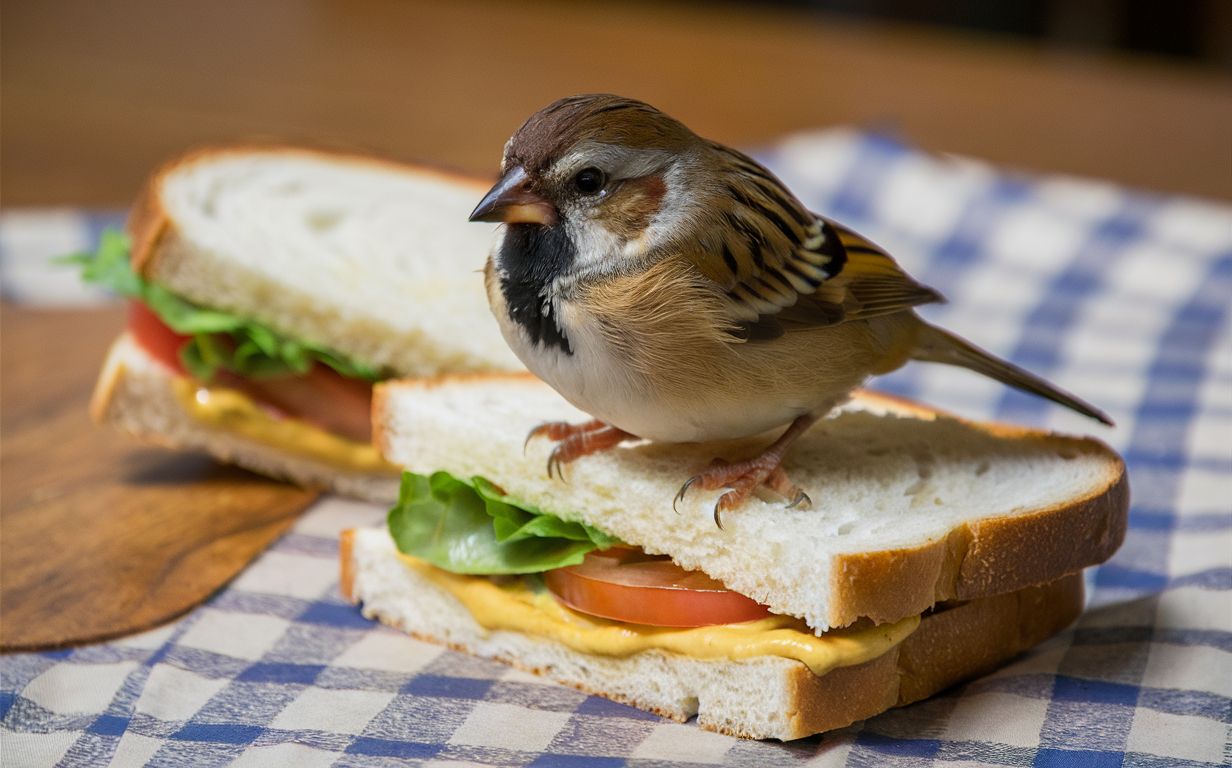Follow us on Google News (click on ☆)
For the past 20 years, urban populations of sparrows have been collapsing. We tested whether a new form of nocturnal light pollution (LED) could be the cause by impacting the activity rhythms and reproduction of sparrows.

Sparrows exposed to urban light pollution wake up earlier, but only when it seems to provide an advantage for their reproduction.
Although this pollution does affect sparrows, our study shows that rather than suffering from it, sparrows might derive potential benefits. Thus, sparrows wake up earlier in response to this light pollution, but only during reproductive stages where it seems beneficial to them. Surprisingly, sparrows appear very flexible and capable of adjusting to light pollution, suggesting that other factors are responsible for their decline.
Recently, house sparrow populations have collapsed in several major European cities, notably in Paris, nicknamed the "City of Light." Several hypotheses have been proposed to explain this decline, but surprisingly, the impact of light pollution on this species has not been studied.
Nocturnal light pollution is a major urban disturbance that can have detrimental effects on flora and fauna. Recent urban planning has led to a significant transition by replacing historical sodium lamps with light-emitting diodes (LEDs). However, the effects of this type of nocturnal light pollution on wild vertebrates residing in urban environments remain relatively unknown, particularly during the animal breeding period.
We designed an experiment to test the impact of this type of nocturnal light pollution on the activity rhythms (wake-up and bedtimes) of captive house sparrows (Passer domesticus, fig. 1) during several breeding phases (from pre-breeding to post-breeding). We simulated light pollution (LED) like that found in urban neighborhoods (schedules, intensity). We also tested the impact of this nocturnal light pollution on the reproductive performance of sparrows kept in captivity (laying date, clutch size, hatching rate, and chick survival).
Birds exposed to nocturnal light pollution were active earlier in the morning (early birds) compared to control birds (not exposed to light pollution). However, the bedtimes did not differ between these two groups of birds.
The effect of nocturnal light pollution on wake-up times appeared only at specific stages (before reproduction and during chick rearing), two periods during which early activity can provide reproductive advantages (territory defense and provisioning of young).
In contrast, birds did not change their wake-up time when it did not provide an obvious advantage (incubation, post-breeding period). Our work thus suggests for the first time that some bird species are capable of adjusting their activity in response to this nocturnal light pollution to benefit from it.
Finally, we found no impact of artificial night light on the reproductive performance of house sparrows kept in optimal captivity conditions. This suggests that nocturnal light pollution may not be dramatically detrimental to the reproduction of this species, which is particularly well adapted to the urban ecosystem. Other urban constraints are therefore likely responsible for the alarming decline of sparrows in major European cities.
Publication reference:
Beaugeard, E., Brischoux, F., & Angelier, F. Light pollution affects activity differentially across breeding stages in an urban exploiter: an experiment in the house sparrow (Passer domesticus). Environmental Pollution, published on April 29.